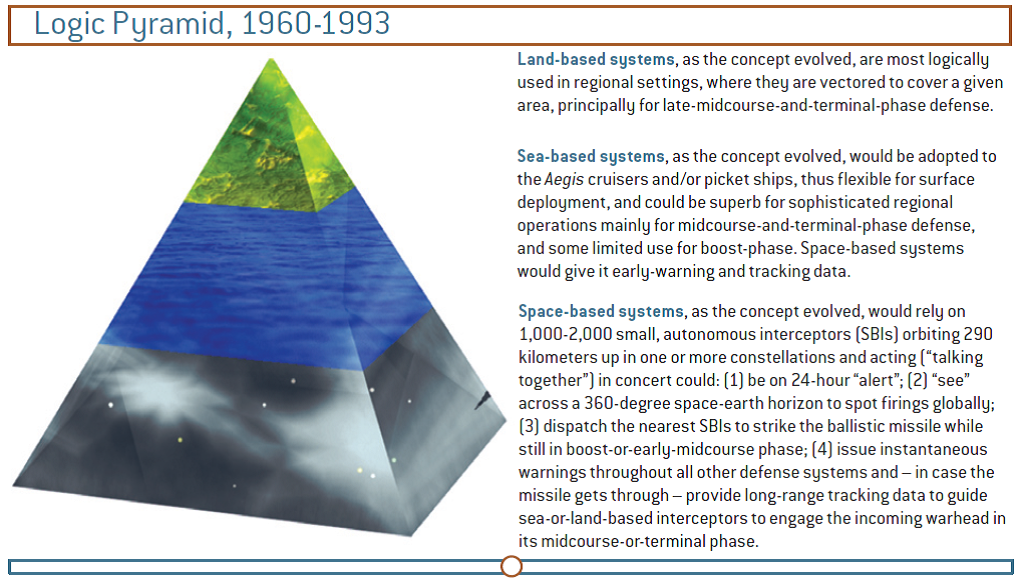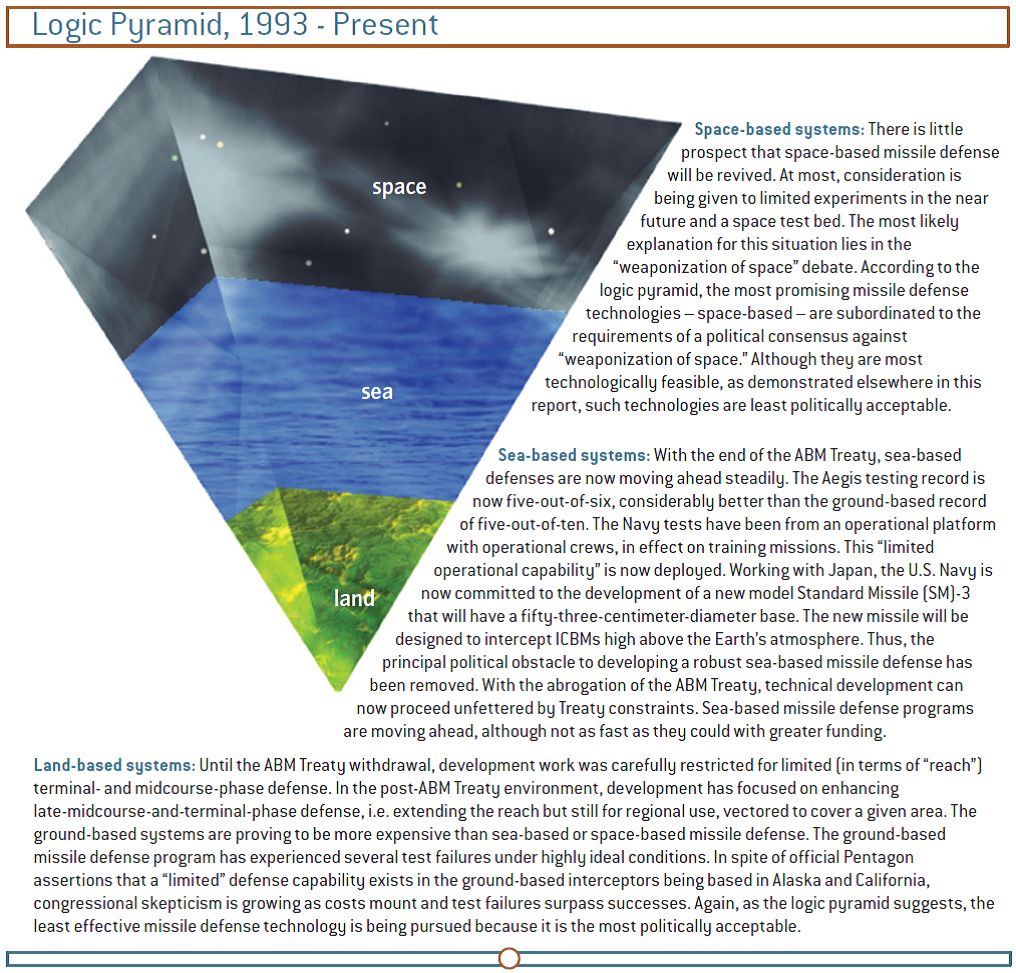Many have compared when last week President Trump walked out of his Hanoi meeting with Kim Jong Un and when Ronald Reagan walked out of his October 1986 Reykjavik Summit with Mikhail Gorbachev, without indicating and understanding fundamental differences between the two important events.
Mirror Image of Reykjavik Conditions?
In the first place, the meeting in Reykjavik was intended primarily to plan the agenda of a “real” summit to be held in the future. And the positions of both sides had been under development for a-year-and-a-half of formal lower-level negotiations that began in March 1985. The positions were formally well established.
As I understand it, the few close Reykjavik advisors familiar with that background removed a door from its hinges and placed it over a bathtub for a make-shift table to sit around for their discussions in support of President Reagan’s meetings with Soviet General Secretary Gorbachev.
Gorbachev surprised President Reagan and his advisors by accepting most of the important positions we had defended in Geneva; and then at the last minute demanded that the president restrict the SDI space-based defense technology demonstrations to the laboratory (which would have gutted the most important SDI programs) and continue to remain in the Anti-Ballistic Missile (ABM) Treaty for 10-years.
Gorbachev’s unacceptable last-minute demand to end SDI’s most important research on space-based defenses, then beginning to demonstrate great promise, extended the meeting and ultimately was why Reagan walked out.
There have been many mischaracterizations that he walked out because Gorbachev demanded that Reagan give up SDI. That is half right, but more precisely its critically important substance was actually that Reagan give up the space-based defense components of SDI.
Click here for February 6, 2018 discussion and click here for October 18, 2018 discussion on this important meeting. Both messages included the following most important quotation from the declassified formal memorandum of conversations at that meeting. Click here for that memcon, including that just before the meeting broke on October 12, 1986:
Gorbachev said, “. . . If they could agree to ban research in space, he would sign in two minutes. They should add to the text ‘The testing in space of all space components of missile defense is prohibited, except research and testing conducting in laboratories’.”
Click here for my related Newsmax article discussing that “Unplanned Summit that Changed the World,” which was expanded and further elaborated in my February 6, 2018 message to demonstrate that we eventually managed to “pocket” Gorbachev’s concessions that were included in the subsequent INF and START treaties that produced historic reductions in nuclear arms.
I dwell on this point because of the very different dynamics of last week’s Trump-Kim meeting, for which the press has also misrepresented the main dynamic underpinning why President Trump walked out of a planned meeting for which President Trump was well prepared in advance.
It was because Kim rejected President Trump’s demand — not the other way around. It in a sense was a mirror image of the Reagan-Gorbachev Reykjavik dynamic.
President Trump was unmistakably making the point that verifiable complete denuclearization of North Korea is his non-negotiable demand, which if met would make possible a new dramatically improved economic future for North Korea.
National Security Advisor John Bolton stated in TV appearances last Sunday that this is a written U.S. position, left behind for Kim to consider going forward. He told Jake Tapper on CNN’s State of the Union, “If you can’t get a good deal, and the president offered North Korea the best deal it could possibly get — no deal is better that a bad deal.”
So, Trump walked out because Kim’s position was something for which he had absolutely no interest. Kim’s position only continued the same failed approach that produced no improvement in the U.S.-North Korea dynamics during the past three administrations.
Repeat: President Trump walked out because Kim refused to take Trump’s non-negotiable but generous bottom-line position.
Sounds right to me, because there is nothing for the U.S. to gain by continuing its failed policies of the last quarter century, in which North Korea agreed to limited measures and violated even those conditions.
So stay tuned re. North Korea’s next step — it’s Kim’s move, while heavy U.S. sanctions remain in place and President Trump is turning to his next potential meeting with China’s Xi Jingping, including issues not entirely distinct from those of interest to North Korea’s Kim.
Then there’s Russia’s Vladimir Putin whose interests in the complex world in the Far East also involve Kim Jong Un. And the growing advanced ballistic missile threat both Russia and China pose to the U.S. homeland, including “hypersonic” nuclear armed missiles that can defeat our current defenses — and consequently our important effort to “catch-up.”
A Pertinent Reykjavik Lesson.
In this context, there is another important lesson to be learned from Reykjavik and subsequent developments pertinent to President Trump’s Space Force Initiative that also is on today’s public screen today, especially including elements to defeat the hypersonic threat.
In a few weeks, many of us will be remembering President Reagan’s March 23, 1983 speech that launched his Strategic Defense Initiative (SDI), which many remember as playing a crucial role in ending the Cold War. What is seemingly forgotten is the important role that space-based defenses played in realizing Reagan’s vision and ending the Cold War.
Reagan’s speech and his subsequent SDI challenged America’s best and brightest scientists and engineers to develop truly effective ballistic missile defense (BMD) systems. And it succeeded, not in generating the ballistic missile defense (BMD) systems we have deployed today, but in demonstrating the most truly effective BMD systems, based in space, could realize Reagan’s vision.
The tragedy was, for political reasons, that very real possibility was not to be, at least not yet.
And now, we await to the outcome from how the Pentagon and Congress considers various initiatives intended to realize President Trump’s proposed new Space Force — intended (eventually???) to be an entirely separate sixth service.
From my perspective a most important consideration is whether there will be the rapid development of a space-based interceptor system that we well understood how to build three decades ago — within five years of a standing start. We need it now to defeat the first generation hypersonic threat.
Indeed had we continued the ongoing SDI developments a quarter century ago, we could now have had the capability to intercept ballistic missiles in their boost phase, while their rockets still burn and before they enter their “boost-glide” “hypersonic phase,” may have deterred development of at least the first hypersonic threat of current concern.
Frankly, I am glad the Clinton administration renamed SDI — to the BMD program — and subsequently and still the Missile Defense Agency (MDA). They have had little to do with Reagan’s SDI vision. Time to change course and “go back to the future.”
The Pentagon has lost Reagan’s vision, which emphasized employing the best technology America could produce without precluding any possibility, whatever the prior political correctness constraints.
In particular, “Brilliant Pebbles” — the most cost-effective product of the SDI era — was abandoned for political not technological reasons. This assessment reflects the views of the SDI Directors of the “the SDI era” — 1983-93 — as well as the first BMD Director of the Clinton administration who sought to do the best job possible with the gutted SDI program imposed by the Pentagon leadership that “took the stars out of Star Wars” in early 1993.
Even after it had survived a major “season” of very critical technical reviews that led the Pentagon’s Defense Acquisition authorities to approve in 1990 for Brilliant Pebbles to enter a formal demonstration and validation (DemVal) program. Click here for my January 22, 2019 detailed review of this important background.
Understand, the problem is much, much more than a lack of money!
Politics, not technology or expenses, has stood in the way of building the most effective BMD systems; we knew how to build them 30-years ago.
Politics Blocked the Best Technical Solutions!
These issues were dealt with by our Independent Working Group (IWG) that carefully considered “Missile Defense, the Space Relationship & the 21st Century.” Click here for our intensive review that we first concluded in 2007 and updated in 2009 that since 1993. It emphasized that we had not invested in the most effective, least costly BMD system concepts — those based in space. And this conclusion is still valid.
I strongly encourage you to read Chapters 4 and 5 to better understand this political morass, illustrated by what I’d refer to as “McMichael’s Pyramids,” after Mr. R. Daniel McMichael who was their principal author. I urge all to read at least Chapter 4 (pages 52-72) for his “Historical Analysis of the Politics Against Missile Defense.”
McMichael’s first figure below illustrates the evolution of “preferred, politics-free” technological possibilities from the studies of BMD systems concepts from the early Defense Advanced Project Agency (DARPA) studies of the 1960s though the SDI era (March 23, 1983-January 20, 1993).
The DARPA studies in the 1960s recognized that space-based defenses could eventually be the most cost-effective way to provide a global defense that could intercept ballistic missiles in all their phases of flight, beginning in their boost-phase before the effective countermeasures of concern today could be deployed.
SDI studies demonstrated in 1989-90 that such boost-phase defenses were finally technologically feasible.
Moreover, multiple subsequent intercept opportunities would also occur during the longer attacking missile’s flight toward its target, provided the anticipated “midcourse offensive countermeasures” could be defeated.
And as SDI efforts demonstrated, intercept opportunities would also exist after the attacking missile components re-enter the atmosphere in its terminal phase.
Such space-based systems would be the technologically-based foundation for an effective global defense and the base of McMichael’s pyramid — if technology can support that architecture.
At the time of the 1960s DARPA study, the technology would not support such a system; but by 1989-90 it could, according to the Pentagon’s Defense Acquisition officials.
Had we continued development of such space-based systems, they would be available today to intercept ballistic missiles of all ranges greater than a few hundred miles — launched from anywhere on earth toward any other target.
The next most effective global defense would be sea-based because most of the earth’s surface is water, and so sea-based defenses between the launch site of threatening ballistic missiles and their targets could have numerous intercept opportunities while the attacking missile flies on its trajectory through outer space—the “exo-atmospheric” midcourse phase of its flight trajectory.
Least flexible would be ground based defenses which cannot easily get near threatening launch sites, and so generally are restricted to being located near the area to be defended.
When all basing modes are available, the optimum arrangement of a global defense would:
- Place top priority on basing the defense in space that can intercept ballistic missiles in their boost phase as well as throughout their flight trajectory;
- Next priority for sea-based defenses focused on mid-course portion of the threatening trajectory; and
- Finally on terminal land-based defenses focused on the final stage of the threatening missile trajectory.
By 1993, thanks to President Reagan’s SDI program, the technology demonstrated that cost-effective space-based defenses were feasible—indeed the Brilliant Pebbles program was formally approved in early 1990 by the Pentagon’s Defense Acquisition Authorities to enter the Concept Validation Phase.
Its formally derived cost-estimates of $10 billion (in 1988 dollars — now inflated to $20 billion in today’s dollars) for acquiring, deploying, operating in orbit, and replacing once each of 1000 Brilliant Pebbles interceptors.
Click here for the February 1991 briefing to the press by then Assistant Defense Secretary Stephen Hadley and me, announcing my redirection of the SDI program to pursue what I still believe is the right answer for a global defense—we called the concept GPALS for Global Protection Against Limited Strikes. (Rotate the charts for ease of reading.)
Notably, we introduced the possibility of sea-based defenses — and the Navy became supportive of including that concept in the theater missile defense (TMD) component of GPALS.
So, by the end of the Bush-41 administration, we were on a track to provide the national authorities the option of building an effective global defense according to McMichael’s logic pyramid pictured above.
This was Reagan’s legacy when I left the picture as SDI Director on January 20, 1993.
After then, political concerns dominated the picture — and turned McMichael’s pyramid on its head, as illustrated below, which regrettably is where we remain. The Pentagon has since spent most of its missile defense money on the least effective, most expensive defenses, while ignoring the most effective. least costly defenses.
The Clinton administration focused its top priority on “strengthening” the Anti-Ballistic Missile (ABM) Treaty as the “cornerstone of strategic stability” rather than building truly cost-effective BMD systems. It’s unclear what was the George W. Bush administration’s excuse for ignoring the most cost-effective BMD systems, since it wisely withdrew from the ABM Treaty that had previously banned the development, testing and deployment of space-based BMD systems.
How McMichael’s Pyramid Was Inverted.
Actually, the regression began during the later days of the Bush-41 administration when congressional leaders demanded that the priority be placed on ABM Treaty-compliant ground-based missile BMD systems — the least effective (and most expensive) component of the technological logic pyramids — at the expense of the investments in the other components — especially the most cost-effective component of the technological logic pyramid.
But, thanks to some stalwart SDI supporters in congress, over $300 million was appropriated for FY 1993 (inflates to over $500 million today) for continuing a technology demonstration program for space-based defenses. (Compare that with the lethargic amount of funding proposed for 2020 in support of anything approaching this system concept.)
However, when Mr. Aspin migrated from his seat as Chairman of the Armed Services Committee to the Pentagon as Secretary of Defense, even that technology demonstration effort was cancelled and all related advanced technology programs ended — and the professionals who had been working in this area were dispersed — and the associated SDI files were purged.
Happily, bi-partisan congressional support continued for developing sea-based theater missile defenses then in its infancy, so at least the next most technologically desirable basing mode continued and is quite mature today, though not at the pace I had hoped and thought possible 30 years ago.
I would note that the above 2009 chart is dated — the Aegis BMD system has now been deployed on 35 BMD Destroyers and BMD Cruisers and in a ground-based configuration in Romania and Poland — and is to be deployed in Japan, Hawaii and perhaps other places.
Regrettably, no doubt for political reasons, Aegis BMD has not yet been applied to extend our homeland defense capability of the more expensive ground-based BMD sites in Alaska and California — a possible action item for the Pentagon to consider especially for the AEGIS ships normally near our east coast?
Whatever, politics prevailed over technological possibilities and McMichael’s depiction of an appropriately proportioned pyramid based on technical considerations has been turned on its head, while essentially nothing happened on space based defenses.
Bottom Lines: Opportunities for Going Back to the Future.
I am proud that the Aegis BMD system that began on my SDI watch is now deployed around the world. and hope to see ground-based “Aegis Ashore” version deployed on several such sites around the Gulf of Mexico to defend against ballistic missiles launched at us from the South — e.g., from vessels in the Gulf.
Perhaps because of its heritage as a TMD system, Aegis BMD is not generally included in considerations for defending the U.S, homeland against ICBMs — but it should be. Furthermore, we should make it “all it can be” by exploiting the technology approach artificially stifled over 25-years ago when then Defense Secretary Aspin “Took the stars out of Star Wars.” Actually today’s technology should enable even more cost-effective defensive interceptor systems.
Most important is for President Trump to return to Reagan’s vision in which space-based defenses should play a major if not dominant role. To do so may still require outside pressures to influence many residual “powers that be,” who thus far have shown little sign of heeding the IWG conclusions and recommendations.
What can you do?
Join us in praying for our nation, and for a rebirth of the freedom sought, achieved and passed to us by those who came before us.
Help us to spread our message to the grass roots and to encourage all “powers that be” to provide for the common defense as they are sworn to do.
Begin by passing this message to your friends and suggest they visit our webpage www.highfrontier.org, for more information. Also, please encourage your sphere of influence to sign up for our weekly e-newsletter.
Encourage them to review our past email messages, posted on www.highfrontier.org, to learn about many details related to the existential manmade and natural EMP threats and how we can protect America against them. I hope you will help us with our urgently needed efforts, which I will be discussing in future messages.
Click here to make a tax deductible gift. If you prefer to mail a check, Please send it to 500 North Washington Street, Alexandria, VA 22314.
E-Mail Message 190305
Please click here to read Past Weekly Updates!
Please help High Frontier continue this important and timely work!
Be sure to follow us on our Social Sites!
If you found this letter via our Social Sites, and you would like to subscribe, please click below!







